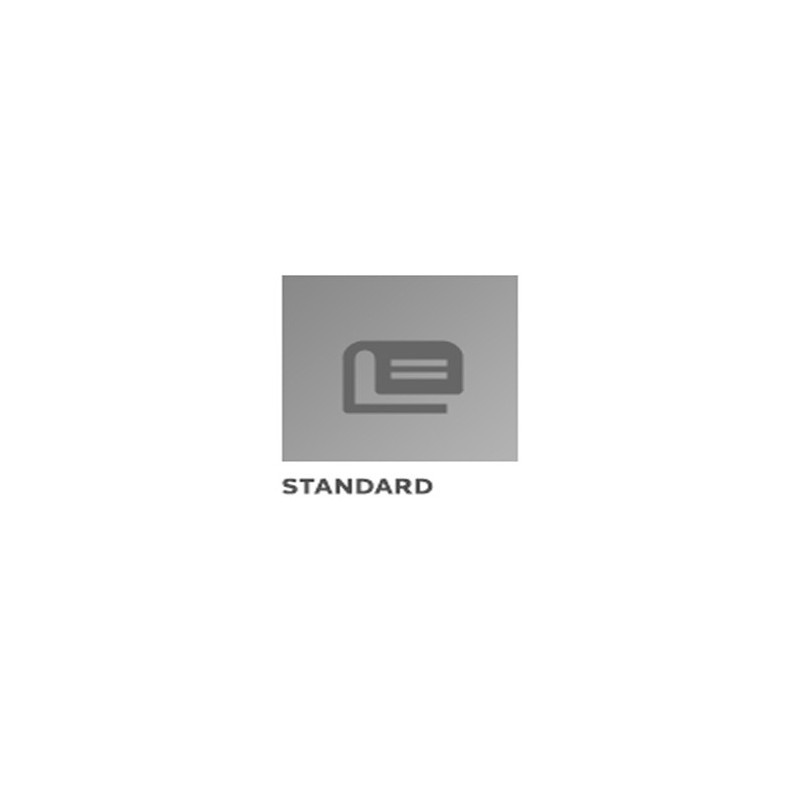Description / Abstract:
This guide provides detailed information, guidance, and methods
related to the Federal Aviation Administration (FAA) Advisory
Circular (AC) 20-158 and European Aviation Safety Agency (EASA)
draft Advisory Material Joint (AMJ), both titled "The Certification
of Aircraft Electrical and Electronic Systems for Operation in the
High-Intensity Radiated Fields (HIRF) Environment". The AC provides
acceptable means, but not the only means, of compliance with Title
14, Code of Federal Regulations (14 CFR) 23.1308, 25.1317, 27.1317,
and 29.1317, High-Intensity Radiated Fields (HIRF) protection for
Aircraft Electrical and Electronic Systems, and applicable FAA HIRF
Special Conditions to prevent hazards to aircraft electrical and
electronic systems due to HIRF produced by external transmitters.
It is also intended for this guide to provide the same information,
guidance, and methods to the European Aviation Safety Agency (EASA)
interim HIRF policies certification requirements.
This guide is neither mandatory nor regulatory in nature and
does not constitute a regulation or legal interpretation of the
regulation. The information in this guide represents a collection
of best engineering practices that have been used to certify
aircraft HIRF protection. An applicant may elect to establish an
alternative method of compliance that is acceptable to the
cognizant airworthiness authorities.
This document is consistent with the guidance in FAA AC 20-158.
The AC 20-158 and draft HIRF AMJ may be referenced in aircraft
certification requirements such as JAA/EASA certification review
items. While this document is generally consistent with AC 20-158
and draft HIRF AMJ, users of this document should verify that the
guidance in this document is acceptable to the cognizant
airworthiness authorities.
Purpose
This document provides technical guidance to demonstrate
compliance with aircraft High-Intensity Radiated Field (HIRF)
regulations. This guide may be applied to new aircraft,
modification of existing aircraft, and installation of existing
systems on an aircraft that has not previously used that equipment.
The HIRF regulations apply to aircraft electrical and electronic
systems, including power distribution systems, electrical
generating systems, electronic engine control systems, electronic
flight control systems, and navigation, communication, and flight
reference systems. The term 'systems' refers to electrical and
electronic equipment; interconnecting power, signal, and control
wiring; indicators; control panels; sensors; and software.
The HIRF regulations apply to systems installed on transport
airplanes, normal and transport category rotorcraft, and small
airplanes. A certification applicant must demonstrate that aircraft
systems that perform functions whose failure could prevent
continued safe flight and landing are not adversely affected when
the aircraft is exposed to the HIRF Environment I, II or III, as
specified in the regulations. Additionally, systems performing
functions related to the ability of the flight crew and aircraft to
operate in adverse operating conditions must not be adversely
affected during and after exposure to equipment test levels
specified in the regulations. The approach to achieving HIRF
certification is through appropriate system protection,
qualification, and installation.
Aircraft operate in a number of electromagnetic environments.
This document, however, only addresses HIRF. For other
electromagnetic environments, reference the appropriate
regulations, requirements, standards, and guides.
To avoid confusion with other electromagnetic environments and
to provide a means of readily identifying the engineering
associated with these regulations, the term 'high intensity
radiated fields' will be used along with the abbreviation HIRF in
this document.


